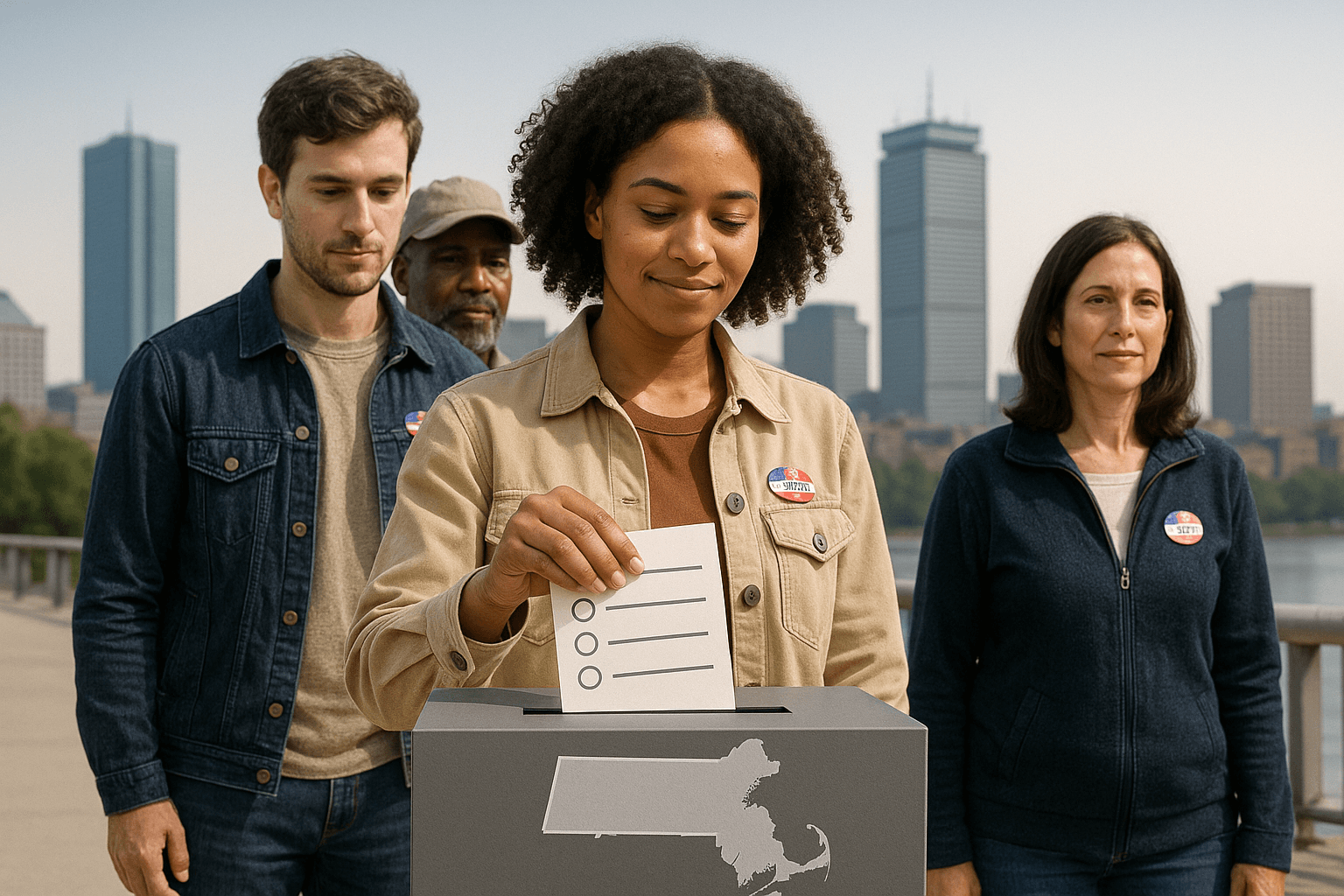The powerful banking lobby stops student loan reform in its tracks

As colleges and universities continue to see dramatic declines in revenue and our nation’s young people carry increasingly high levels of student loan debt, there was a strong feeling in mid-2009 that Congress would easily pass much needed student loan reform.
In his first year in office, President Obama proposed a series of reforms to help young people benefit from a post-secondary education. A key proposal would save nearly $87 billion over ten years by shutting down a program that subsidizes banks which provide student loans. Instead, those savings would be used to provide Pell Grants and other programs that help students pay for college. (Today, Pell Grants cover just 30% of college tuition compared to more than 60% more than 20 years ago). In July, the House of Representatives passed H.R. 3221, the Student Aid and Fiscal Responsibility Act that, among other important measures, converts all new federal student lending to a direct loan program instead of through lenders subsidized by taxpayers in the federally-guaranteed student loan program.
However, the measure that President Obama correctly calls a no-brainer, and that the House passed with nearly 260 votes, has hit a snag in the Senate. Over $2 million in campaign contributions and $8 million in lobbying by the recently bailed-out banks as well as the student-loan-lender-in-chief Sallie Mae, the beneficiaries of the $87 million subsidy, are bringing much need student loan reform to a halt and making passage increasingly unclear.
Rising tuition and student debt have been increasingly troubling problems for more than three decades. Since 1980, the average cost of tuition, room and board has increased 121%, while median household income has increased just 18 percent. These massive increases have left young people with an unmanageable student debt burden. In fact, the average student graduates with more than $23,000 in debt as compared to $13,000 just a dozen years ago. Moreover, only 30% of the U.S. population earns a college degree, a percentage that hasn’t changed in decades.
The current recession has only exacerbated these problems. In 2009, charitable giving to colleges dropped 11.9% , the largest drop in three decades, the value of endowments declined 22% and public colleges and universities have seen drastic cuts in state funding. This perfect storm has led many colleges and universities to hike tuition significantly. The University of California announced a 32% rise in tuition in November of 2009, and setting a brand new record, one year of tuition, room, and board at Stanford University now costs over $50,000. Additionally, families are finding it harder to borrow the needed dollars to pay for tuition as the credit crunch ensues. While federally backed loans are available, the amount is capped at $5,500, far below the annual tuition of most four-year colleges. These issues are raising concerns that higher education will be even further out of reach to low and middle-income American youth.
Despite this grim reality, student loan reform may die in the Senate. Just like health care reform and financial reform, the Senate seeks nothing more than the status quo as it keeps its campaign coffers full. This is simply unacceptable. This country needs leaders that fight for the people, not the banks. We need leaders that fight to ensure that everyone who wants to go to college can go to college, and in the words of the President “don’t go broke because they chose to go to college.”


